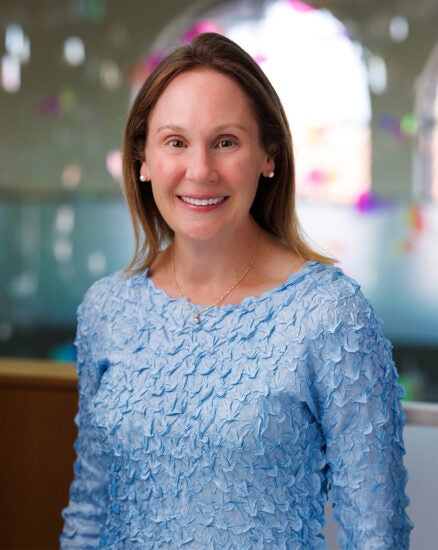
How to handle controversial topics in the classroom? New research is evaluating one approach
K-12 schools have come under increasing scrutiny for how well they teach students to effectively and productively think about and discuss controversial topics, such as immigration policies and gun ownership rights, and whether they’re preparing students to be engaged public citizens. A new curriculum that promises to improve the dynamic is available, but is it effective?

What’s new: Anna Saavedra and Amie Rapaport of the Center for Economic and Social Research (CESR) at the USC Dornsife College of Letters, Arts and Sciences, have received nearly $4 million from the U.S. Department of Education’s Institute of Education Sciences (IES) to evaluate the efficacy of Talking About Current and Contested Issues in Schools (TALCCS).
- Created by Street Law Inc., TALCCS is a new program used by middle and high schools to teach students how to better deliberate and debate.
- The grant is the largest USC has ever received from IES.
Why it matters: TALCCS is designed to improve classroom discussion of current and contested issues. It may also boost student attendance, academic performance and prepare students for the rights and responsibilities of citizenship.
- The curriculum launched in Maryland in 2021 and has since expanded to 70% of the state’s school districts and three additional states.
- Determining the program’s efficacy and cost-effectiveness will help efforts to expand it, say the researchers.
What’s next: Over the next five years, Saavedra and Rapaport, who are co-directors of CESR’s Center for Applied Research in Education (CARE), and a team of CARE researchers will study TALCCS as it is implemented by nearly 250 civics and social studies teachers in participating California school districts. Researchers will assess both short and long-term outcomes.
- Short term outcomes: They’ll evaluate the quality of classroom discussion, such as whether students use evidence to support their ideas or change their mind when presented with new evidence. They’ll also examine scores on civics knowledge tests as well as attendance records.
- Long-term outcomes: The team will look at high school graduation rates, postsecondary enrollment and voter registration.
The CARE team will also use these measurements to analyze TALCCS’ cost-effectiveness.
What to watch: Researchers will produce their first report in 2027 and a second in 2029-30, incorporating data from the 2028 presidential election.
In her words: “Productive discussion about contested topics is a learned skill. Clearly, given the state of our national political discourse, many adults have not learned this skill. With support, the next generation can do better,” says Saavedra.